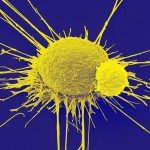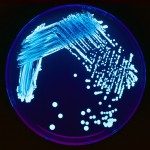Présentation
Over the last decades, many efforts have been made to establish human/mouse hematopoietic chimeras as models for “human” diseases, that would allow to dissect pathological mechanisms and to design new therapies and vaccines. Although the absence of the IL-2R gamma chain (gc) significantly enhanced the immune reconstitution of alymphoid mice following human HSC engraftment, many strategies are ongoing to improve both quantitative and qualitative human immune systems in the murine hosts with the challenging goal of getting better adaptative T and B cell responses. In this context, we have created unique immunodeficient murine hosts in which we replaced murine MHC by HLA Class I and Class II molecules. To make these hosts more permissive to human immune reconstitution, we then enforced the expression of human SIRPa by murine phagocytes (CH1-2hSa mice). We showed that the resulting new mouse/human chimeras were able to generate HLA-A2-restricted CD8 T cell response to immunization against HBV antigens. We are currently testing new approaches to reconstitute CH1-2hSa hosts using human embryonic stem cell (HESC)-derived progenitors in order to establish new types of chimera we named HESCRIM (for human embryonic stem cell reconstituted immunodeficient mice). These strategies should first provide reproducible chimera, containing histocompatible human tissues, including immune system, which should offer attractive models to study immune responses to human diseases and to assay new vaccine strategies.





